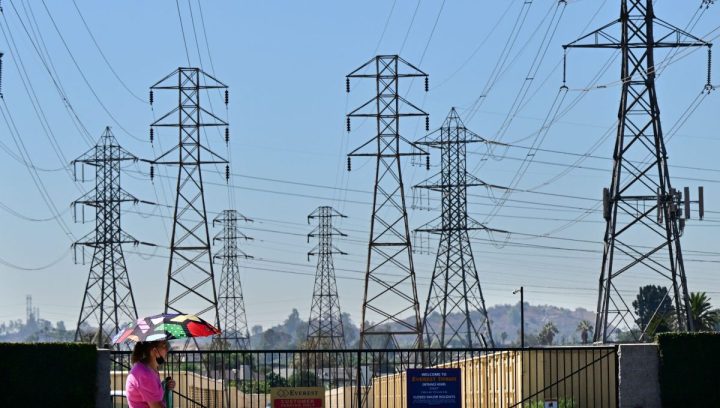
California’s investor-owned utilities are changing how they charge for power
California’s investor-owned utilities are changing how they charge for power

The Golden State is in the midst of a big transition toward electrifying everything — or as much as they can, anyway. That includes the cars Californians drive, the appliances they use, and the devices they heat their homes with. Yes, California does get cold sometimes.
To help with this transition, state lawmakers passed a law that, among other things, requires utilities to add a fixed monthly charge to power bills. The novel concept here is that the amount paid is based on household income. And the state’s investor-owned utilities are out with their proposals.
Setting utility rates is a complicated business, according to former California utility regulator Steve Weissman.
“And yet, the impacts of these things look very uncomplicated to the people who are bearing the burden,” he said. This is especially true in California, where the average investor-owned utility customer pays up to twice as much for each unit of power as the national average, which doesn’t bode well for California’s efforts to “electrify everything.”
“In order to do that, you’re going to be fighting against yourself if you keep raising the cost of each kilowatt-hour,” Weissman said.
California is trying to bring that cost down with a new approach: a flat fee tacked on to an individual’s utility bill based on income. The fee stays the same no matter how much a customer uses.
Customers could end up paying less for each unit of electricity they consume under the new structure.
California’s biggest investor-owned utility, PG&E, said the lowest-income customers would pay a fee as low as $15, and they would see a drop of about a fifth to their utility bills despite this tacked-on fee.
“If we just make the fixed charges low for low-income households, they can be net winners under this reform,” said James Sallee, an associate professor at UC Berkeley.
Top earners would pay around $92 extra per month, according to PG&E.
But Loretta Lynch, former head of the California Public Utilities Commission, is skeptical.
“I think it’s really just rearranging the deck chairs on the Titanic of the excessive costs imposed on Californians,” she said, adding that the way Californians get their electricity needs a deeper look beyond this new fee.
There’s a lot happening in the world. Through it all, Marketplace is here for you.
You rely on Marketplace to break down the world’s events and tell you how it affects you in a fact-based, approachable way. We rely on your financial support to keep making that possible.
Your donation today powers the independent journalism that you rely on. For just $5/month, you can help sustain Marketplace so we can keep reporting on the things that matter to you.

















